India and Colombia signed an MoU on Cooperation in sharing solutions implemented at the population scale for Digital transformation.
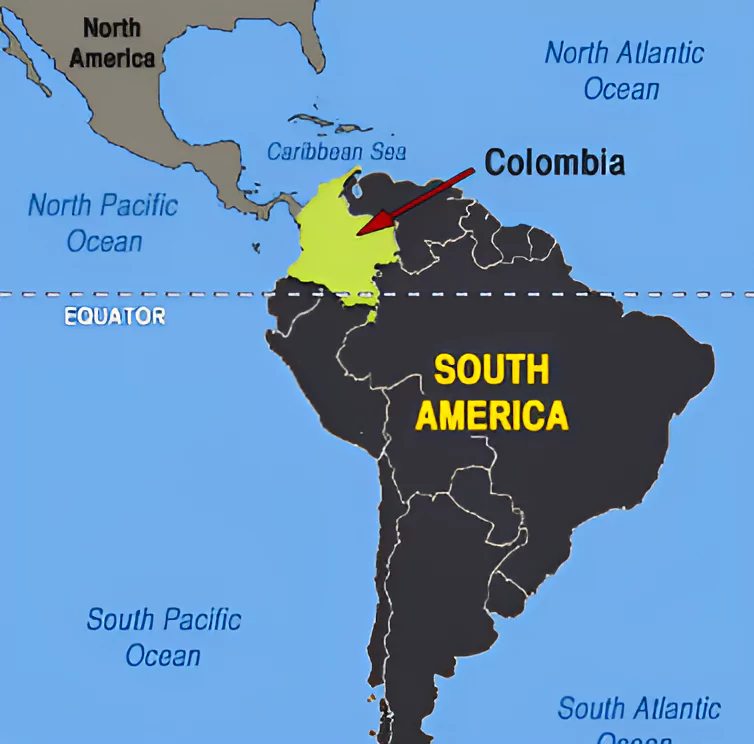
Ring of Fire:
|
|---|
News Source: AIR
| Must Read | |
| NCERT Notes For UPSC | UPSC Daily Current Affairs |
| UPSC Blogs | UPSC Daily Editorials |
| Daily Current Affairs Quiz | Daily Main Answer Writing |
| UPSC Mains Previous Year Papers | UPSC Test Series 2024 |
The Digital Services Act (DSA), the EU’s landmark rulebook that aims to make the online environment safer, has come into effect for all online intermediaries in the European Union.
News Source: The Economic Times
| Must Read | |
| NCERT Notes For UPSC | UPSC Daily Current Affairs |
| UPSC Blogs | UPSC Daily Editorials |
| Daily Current Affairs Quiz | Daily Main Answer Writing |
| UPSC Mains Previous Year Papers | UPSC Test Series 2024 |
Recently, A think tank ‘Climate Analytics’ in its report highlighted the substantial investment required to meet the Renewable Energy (RE) goal set at COP28.
| S.No. | Global Rank of Countries | Indian State’s Rank (As of 31st January 2024-MNRE) |
| Top 5 in Terms of Renewable Installed | 1st-China,2nd-USA,3rd-Brazil,4th- India,5th-Germany | Rajasthan>Gujarat>Karnataka>Tamil Nadu>Maharashtra |
| Top 5 in Terms of Solar Energy Generation | 1st- China, 2nd-USA, 3rd-Japan, 4th-Germany,5th- India | Rajasthan>Gujarat>Karnataka>Tamilnadu |
| Top 5 in Terms of Wind Energy Generation | 1st- China, 2nd-USA, 3rd-Germany, 4th-India, 5th-Spain | Gujarat>Tamil Nadu>Karnataka>Rajasthan |
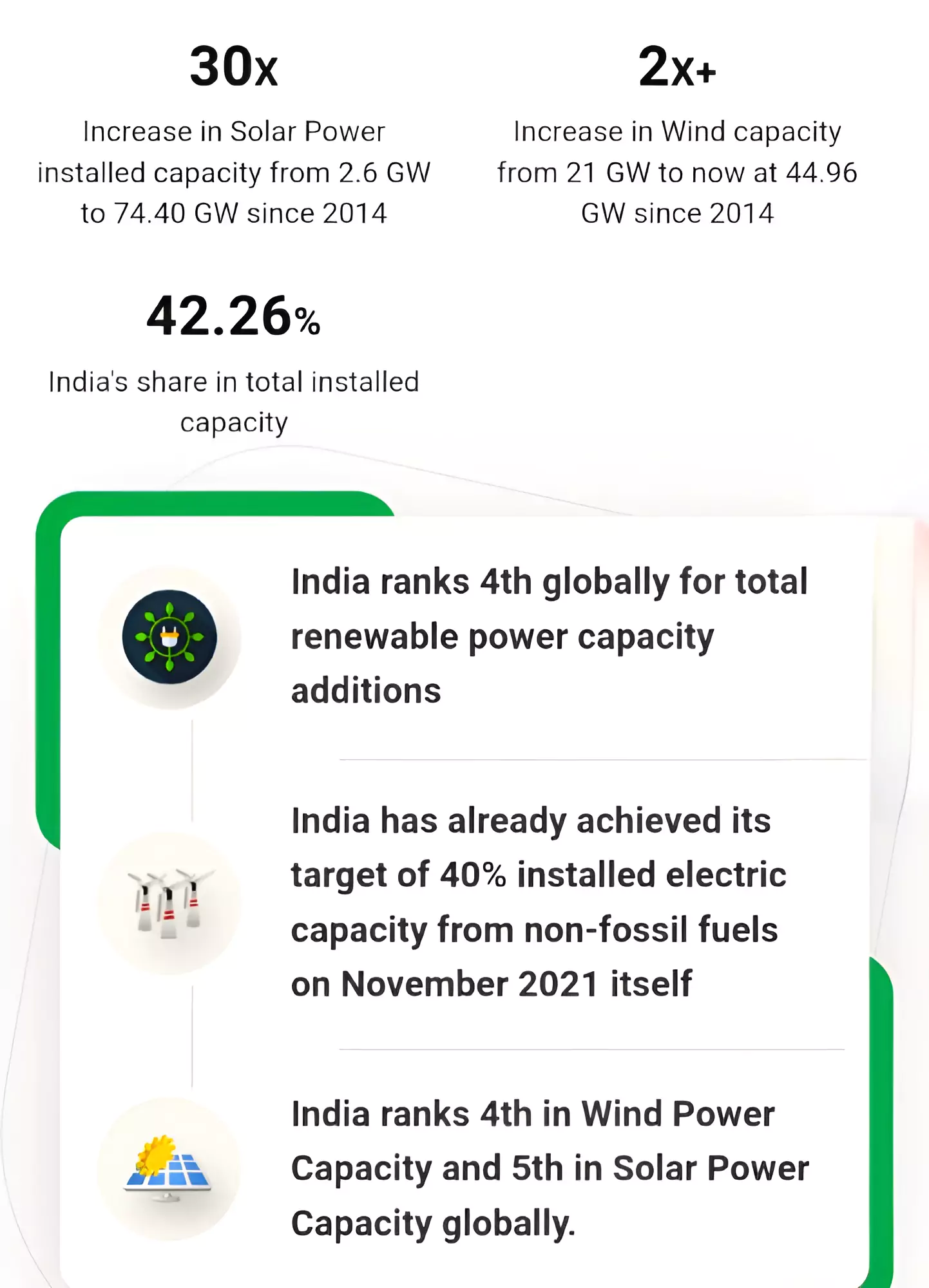
News Source: DTE
| Must Read | |
| NCERT Notes For UPSC | UPSC Daily Current Affairs |
| UPSC Blogs | UPSC Daily Editorials |
| Daily Current Affairs Quiz | Daily Main Answer Writing |
| UPSC Mains Previous Year Papers | UPSC Test Series 2024 |
A unique mechanism of electric polarization via magnetic ordering was identified in a novel mineral called “MnBi2S4.”
Magnetoelectric Multiferroics
|
|---|
Electric Polarization
|
|---|
News source: PIB
| Must Read | |
| NCERT Notes For UPSC | UPSC Daily Current Affairs |
| UPSC Blogs | UPSC Daily Editorials |
| Daily Current Affairs Quiz | Daily Main Answer Writing |
| UPSC Mains Previous Year Papers | UPSC Test Series 2024 |
Recently, Union External Affairs Minister(EAM) S Jaishankar met with US Secretary of State Blinken on the sidelines of Germany’s 60th Munich Security Conference.

News Source: IE
| Must Read | |
| NCERT Notes For UPSC | UPSC Daily Current Affairs |
| UPSC Blogs | UPSC Daily Editorials |
| Daily Current Affairs Quiz | Daily Main Answer Writing |
| UPSC Mains Previous Year Papers | UPSC Test Series 2024 |
Consulting firm McKinsey has recently published a report that sheds light on the women’s health gap issue.
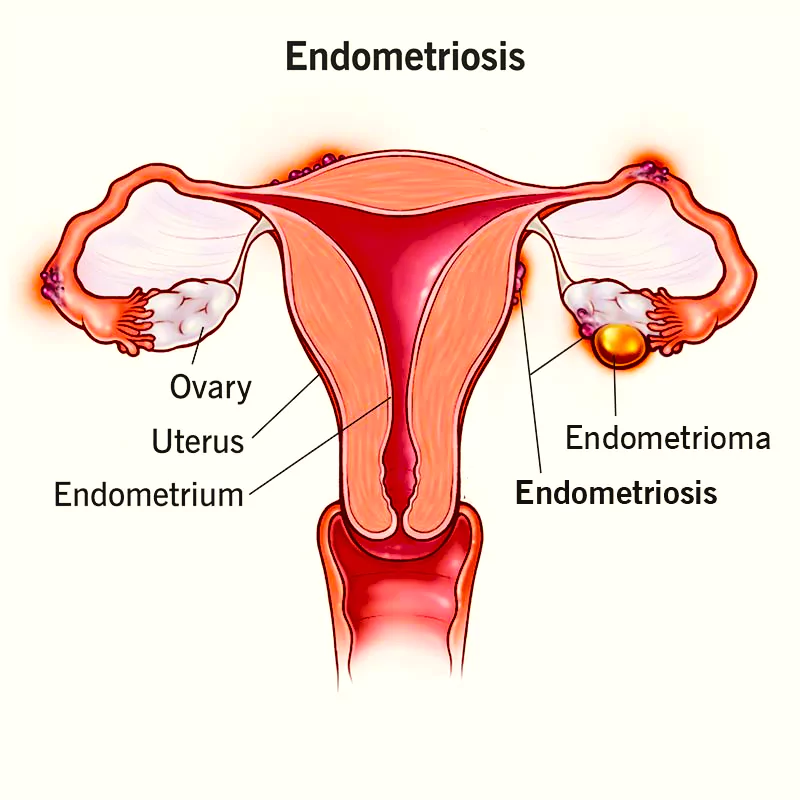 Women’s Health Challenges: Women bear a heavier burden of poor health and disability. Due to poor health, women have to spend an average of nine years in ill health.
Women’s Health Challenges: Women bear a heavier burden of poor health and disability. Due to poor health, women have to spend an average of nine years in ill health.  Starting of Endometriosis: It can begin when the first period starts and continue until they reach menopause.
Starting of Endometriosis: It can begin when the first period starts and continue until they reach menopause.The exact cause is not known, but endometriosis is thought to arise due to:

News Source: The Hindu
| Must Read | |
| NCERT Notes For UPSC | UPSC Daily Current Affairs |
| UPSC Blogs | UPSC Daily Editorials |
| Daily Current Affairs Quiz | Daily Main Answer Writing |
| UPSC Mains Previous Year Papers | UPSC Test Series 2024 |
The Uppiliya Naicker community is celebrating Maasi Magam festival at a 200-year-old temple inside Sathyamangalam Tiger Reserve (STR).
About Maasi Magam Festival
|
|---|
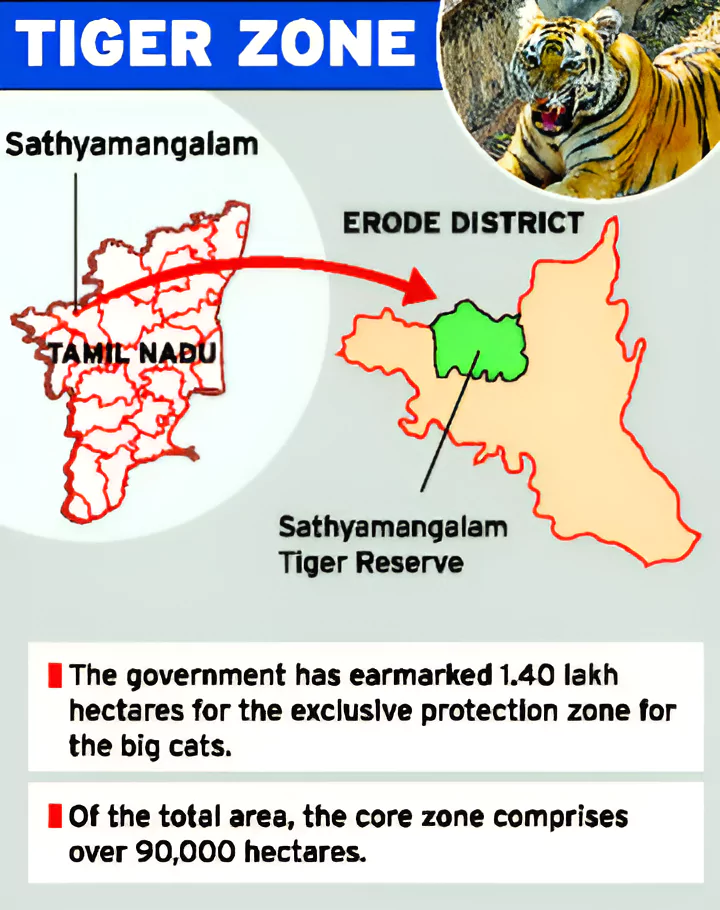
Corridor: The Mudumalai – Mangalapatti – Thengumarada – Karachikorai – Bannari is an important corridor (The Great Moyar Corridor) that links the Mudumalai and Sathyamangalam Tiger Reserves.
Tiger Reserves in India
|
|---|
News Source: The Hindu
| Must Read | |
| NCERT Notes For UPSC | UPSC Daily Current Affairs |
| UPSC Blogs | UPSC Daily Editorials |
| Daily Current Affairs Quiz | Daily Main Answer Writing |
| UPSC Mains Previous Year Papers | UPSC Test Series 2024 |
Scientists have identified a model system of quantum critical points to understand new materials better.

|
|---|

News Source: Spiceworks , IBM, PIB
| Must Read | |
| NCERT Notes For UPSC | UPSC Daily Current Affairs |
| UPSC Blogs | UPSC Daily Editorials |
| Daily Current Affairs Quiz | Daily Main Answer Writing |
| UPSC Mains Previous Year Papers | UPSC Test Series 2024 |
This article is based on the news “India Defence exports: A strategic imperative” which was published in the Business Standard. With escalating geopolitical tensions driving the expansion of the defense and aerospace industry, India has a significant opportunity to become a key player in the global Defence Exports market.
| Relevancy for Prelims: Defence Technology, Make In India Vs Self-Sufficiency, and India’s Supply Chain Opportunity, and SIPRI Report.
Relevancy for Mains: India Defence Exports: Current Status, Significance, Benefits, Challenges, and Way Forward. |
|---|
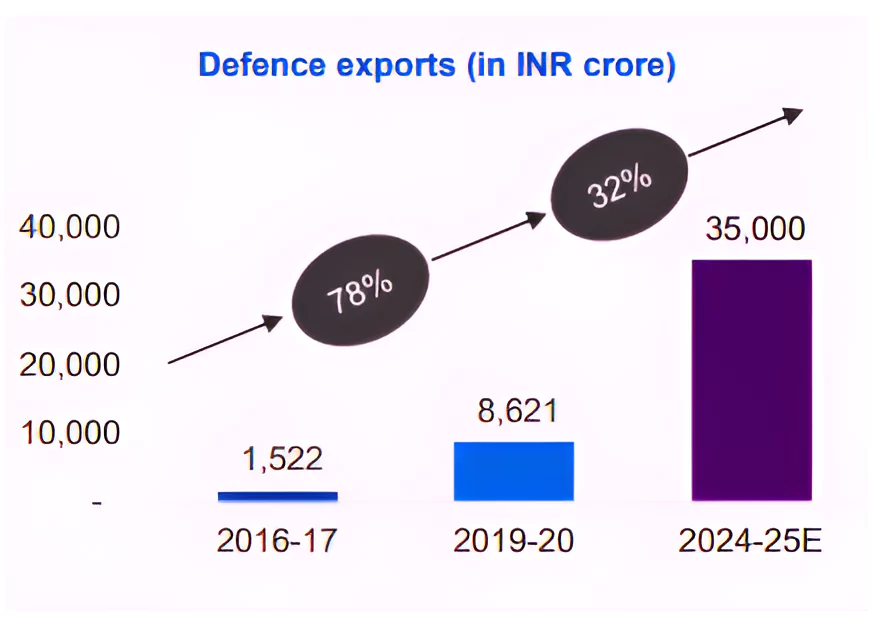
| Emergence of US As a Defence Exports Major:
The US which currently dominates the Global Arms supply with around 40% market share, lagged behind Europe in the late 19th century.
|
|---|
| Which Defence Equipment Does India Export?
The major defence items being exported are Personal Protective items, Offshore Patrol Vessels, ALH Helicopter, SU Avionics, Bharati Radio, Coastal Surveillance Systems, Kavach MoD II Launcher and FCS, Spares for Radar, Electronic Systems and Light Engineering Mechanical Parts, among other. |
|---|
India’s Defence Exports enhance global standing position and improve strategic relations with allied nations, presenting a vital agenda for government prioritization.
| Must Read | |
| NCERT Notes For UPSC | UPSC Daily Current Affairs |
| UPSC Blogs | UPSC Daily Editorials |
| Daily Current Affairs Quiz | Daily Main Answer Writing |
| UPSC Mains Previous Year Papers | UPSC Test Series 2024 |
Maharashtra Withdraws GRs on Hindi as Third Langua...
Statistical Report on Value of Output from Agricul...
Skills for the Future: Transforming India’s Work...
National Turmeric Board HQ Inaugurated in Nizamaba...
ECI Moves to De-List 345 Inactive Registered Unrec...
MNRE Issues Revised Biomass Guidelines Under Natio...
<div class="new-fform">
</div>